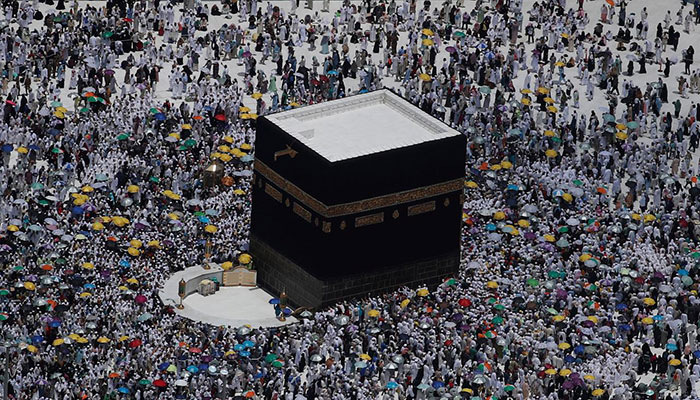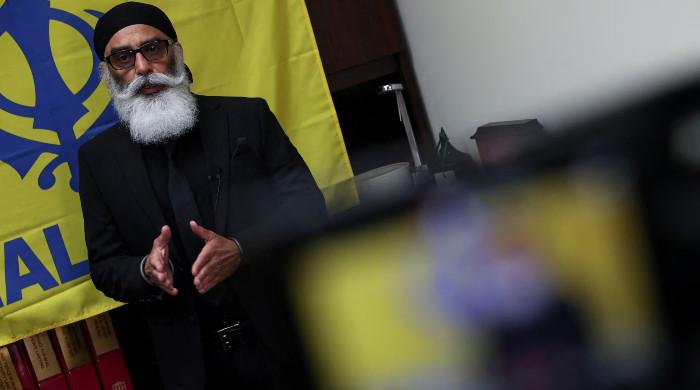Hajj 2020: COVID-19 may force Saudi Arabia to drastically reduce pilgrims
Some 2.5 million pilgrims visit the holiest sites of Islam in Makkah and Medina for the week-long Hajj every year
June 09, 2020

Saudi Arabia is considering limiting the number of pilgrimages for this year's Hajj in a bit to contain the coronavirus outbreak in the country, after the number of cases surpassed 100,000 on Monday.
Some 2.5 million pilgrims visit the holiest sites of Islam in Makkah and Medina for the week-long Hajj, a once-in-a-lifetime duty for every able-bodied Muslim who can afford it. Official data show Hajj and the lesser, year-round Umrah pilgrimage earn the kingdom about $12 billion a year.
Saudi Arabia asked Muslims in March to put Hajj plans on hold and suspended Umrah until further notice.
Two sources familiar with the matter said authorities are now considering allowing “only symbolic numbers” this year, with restrictions including a ban on older pilgrims and additional health checks.
With strict procedures, authorities think it may be possible to allow in up to 20% of each country’s regular quota of pilgrims, another source familiar with the matter told Reuters.
Some officials are still pushing for a cancellation of the Hajj, expected to start in late July, the three sources said.
The government media office and a spokesman for the Hajj and Umrah ministry did not respond to requests for comment.
Limiting or cancelling Hajj will further pressure government finances hit by the plunge in oil prices and the pandemic. Analysts predict a severe economic contraction this year.
The Kingdom halted international passenger flights in March, and on Friday it reimposed a curfew in Jeddah, where Hajj flights land, after a spike in infections in the city.
In 2019, around 19 million pilgrims attended Umrah while Hajj drew 2.6 million. An economic reform plan of Crown Prince Mohammed bin Salman aims to increase Umrah and Hajj capacity to 30 million pilgrims annually and generate 50 billion riyals ($13.32 billion) of revenues by 2030.









